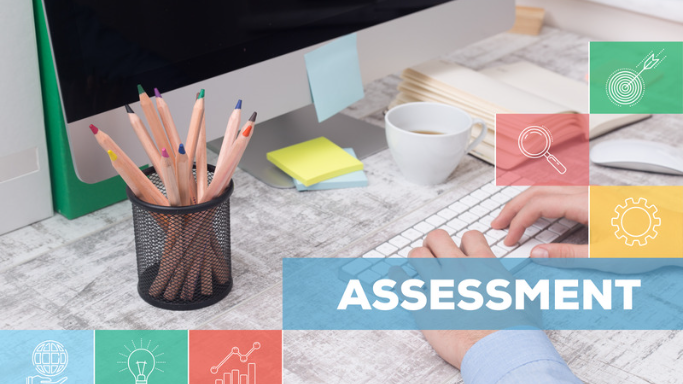Assessments are a fundamental part of a student's academic life. They allow students and teachers to evaluate the learning progress of the student learning objectives.
Assessments are an integral part of the educational process. They provide students and educators with insight into learning progress, guide curriculum development, and inform decisions regarding instruction and student support.
By answering questions like “Are students learning effectively?” and “Can they apply their knowledge in real-world situations?”, assessments play a pivotal role in shaping the quality of education.
To make assessments meaningful, educators must understand various assessment methods and how to apply them strategically within the classroom.
Today’s learners require more than just literacy and numeracy—they must be equipped with analytical thinking and problem-solving abilities. The connection between assessment and meaningful learning outcomes is more important than ever.
Effective assessment enables educators to gather data that measures student understanding, identifies barriers to progress, and supports academic achievement. When done right, assessments serve as a bridge between instruction and student growth.
Understanding the different types of assessments helps teachers select the most effective method for their instructional goals.

Formative assessments are conducted during the learning process. They help identify gaps in knowledge and adapt instruction to individual student needs. This type of assessment is student-centered, collaborative, and often informal.
Key Characteristics:
Summative assessments occur at the end of an instructional period. They evaluate overall achievement based on established criteria.
Examples:
While they provide a big-picture view, summative assessments may increase anxiety due to their high-stakes nature.

Alternative assessments emphasize performance-based tasks that assess critical thinking and real-world application.
Examples:
These tools promote student engagement and personalized learning experiences.
Diagnostic assessments evaluate prior knowledge and identify learning gaps before instruction begins. Teachers often administer them at the beginning or end of lessons to monitor learning progression.
Techniques:
Traditional exams remain a widely used method but often emphasize memorization over understanding. Well-structured exams aligned with learning outcomes can effectively assess comprehension.
Tip: Design exams to measure both depth and breadth of knowledge within the available time.

Norm-referenced tests compare student performance against a standardized national or regional benchmark.
Purpose:
Projects allow students to demonstrate understanding through creative, problem-solving activities. Whether solo or group-based, projects promote deep learning and the practical application of skills.
Examples:
Essays assess comprehension and critical thinking, offering students the freedom to express ideas in depth.
Best Practices:
These assessments require brief but focused responses. Teachers must design clear, precise questions to ensure reliable assessment results.
True/False items are quick to score but often measure guessing more than understanding. Including a brief explanation for each answer can provide insight into student reasoning.

No single method can capture all aspects of learning. Combine assessments (e.g., essays + short quizzes + projects) for a comprehensive evaluation.
Ensure that every assessment aligns with specific course goals. Share these objectives with students so they understand what success looks like.
Keep assessments aligned with the learning outcomes. Avoid activities that do not contribute to the intended goals.
Design inclusive assessments that give all students an equal opportunity to succeed. Avoid subjective grading practices and ensure rubrics are transparent.
Invite students to provide feedback on assessments. Let them reflect on their own learning and assess their peers to promote metacognitive skills.
Keep detailed records of assessment outcomes to identify trends, track progress, and support instructional decisions.
Feedback drives improvement. Make it timely, specific, and actionable to guide students on their learning journey.
Use assessment data to revise teaching methods. If an approach isn’t producing results, be open to change and innovation.
Student assessment is more than a grading exercise—it’s a strategic process that links instruction to meaningful outcomes. By leveraging diverse assessment methods and aligning them with clear learning goals, educators can enhance student engagement, performance, and growth.
Formative, summative, diagnostic, and alternative assessments each offer unique insights. Used together, they form a powerful framework for evaluating student success.
Effective assessment empowers teachers and students alike. With thoughtful planning, consistent feedback, and adaptive strategies, assessments can be transformative tools for lifelong learning.
